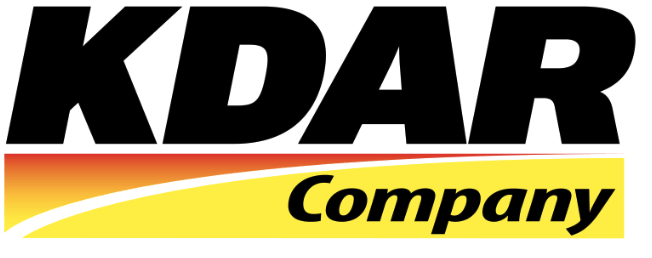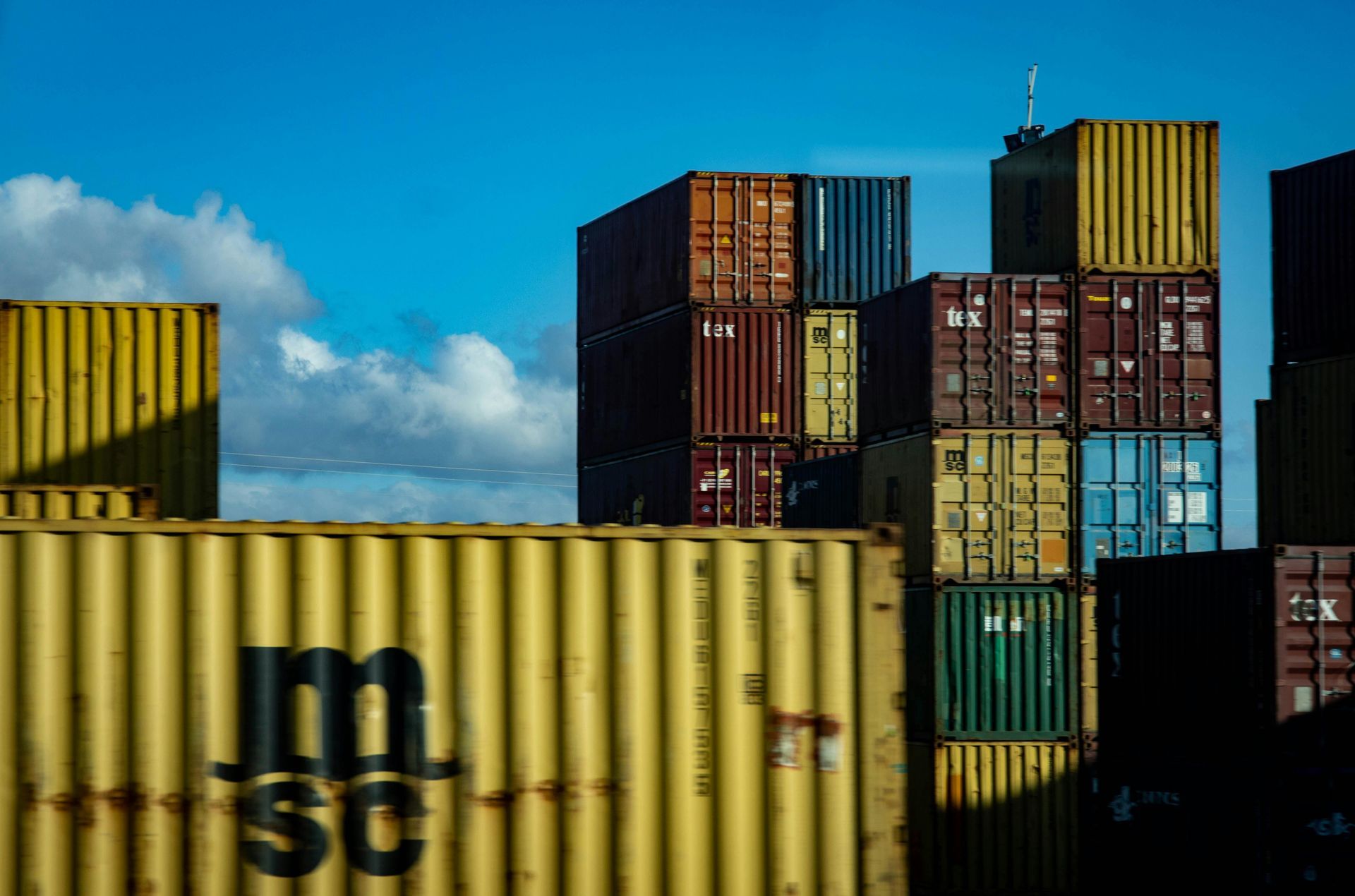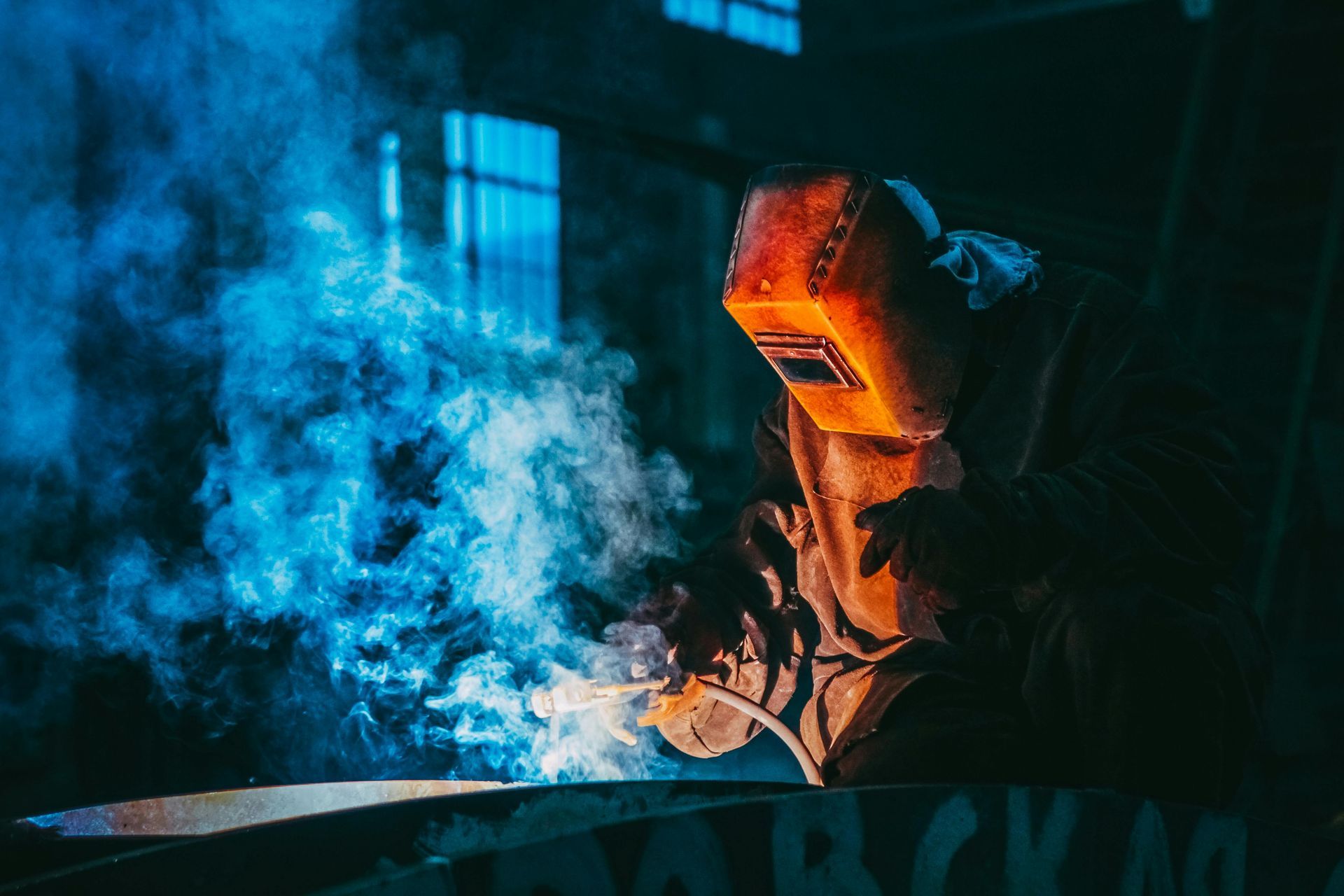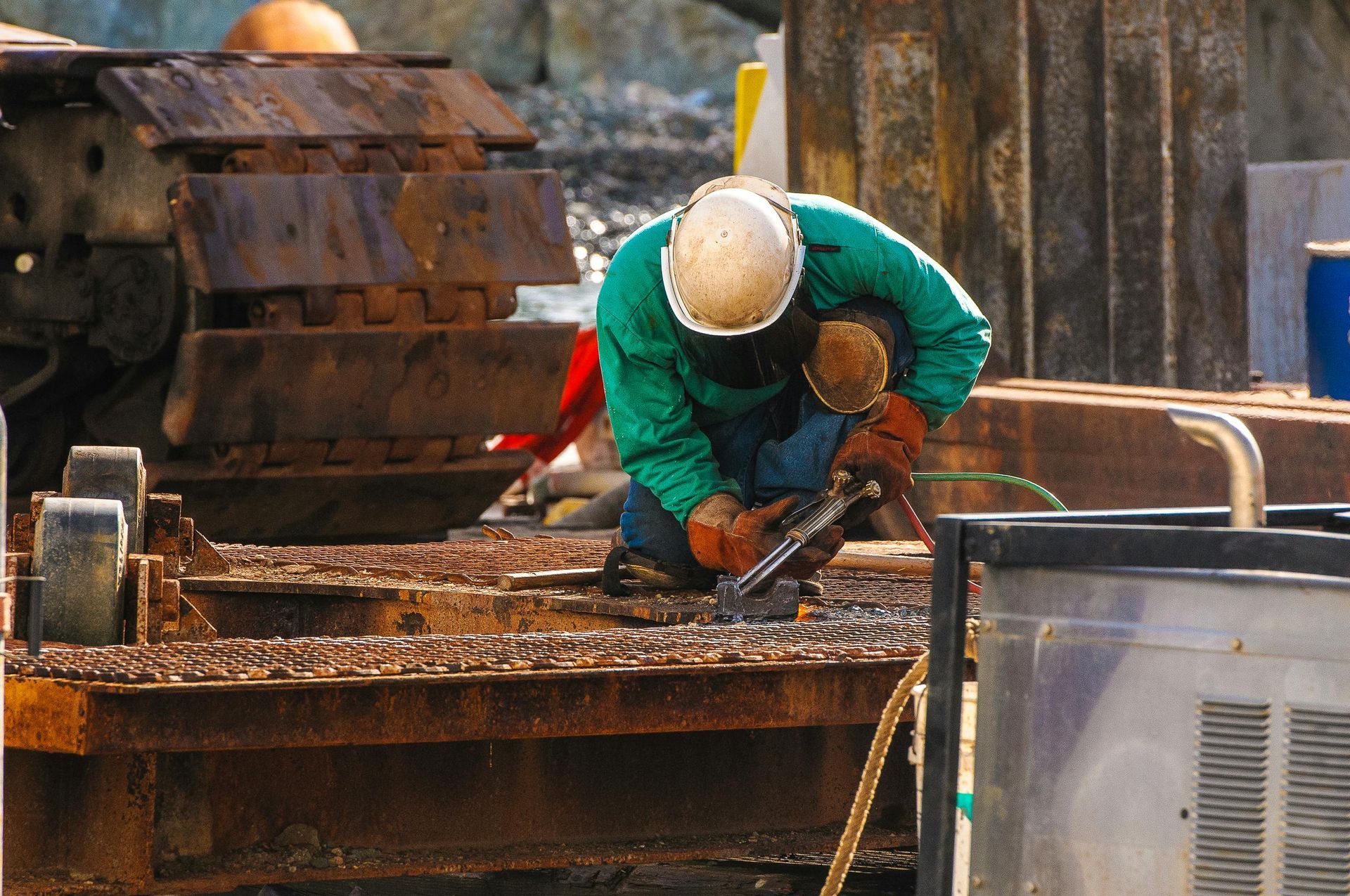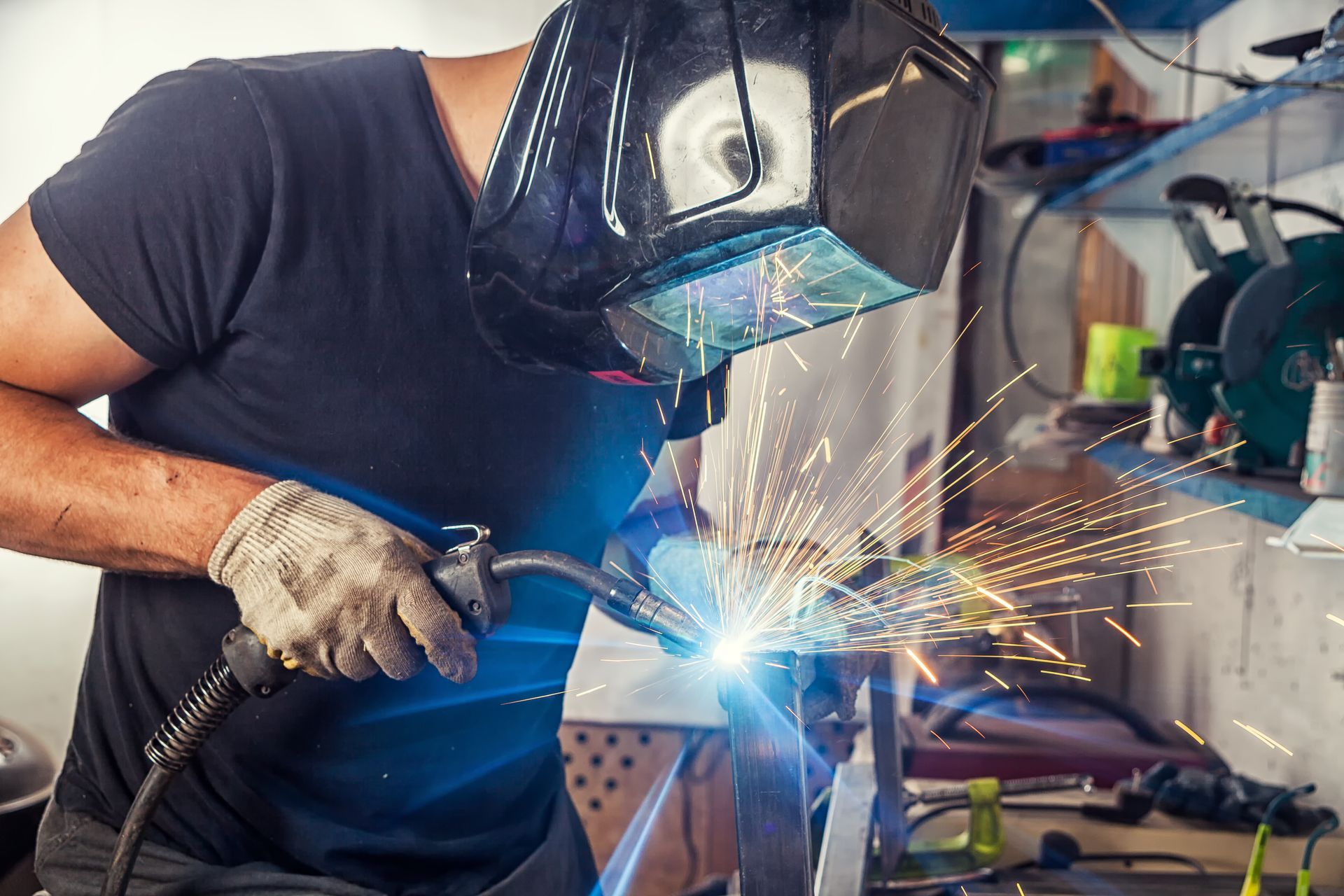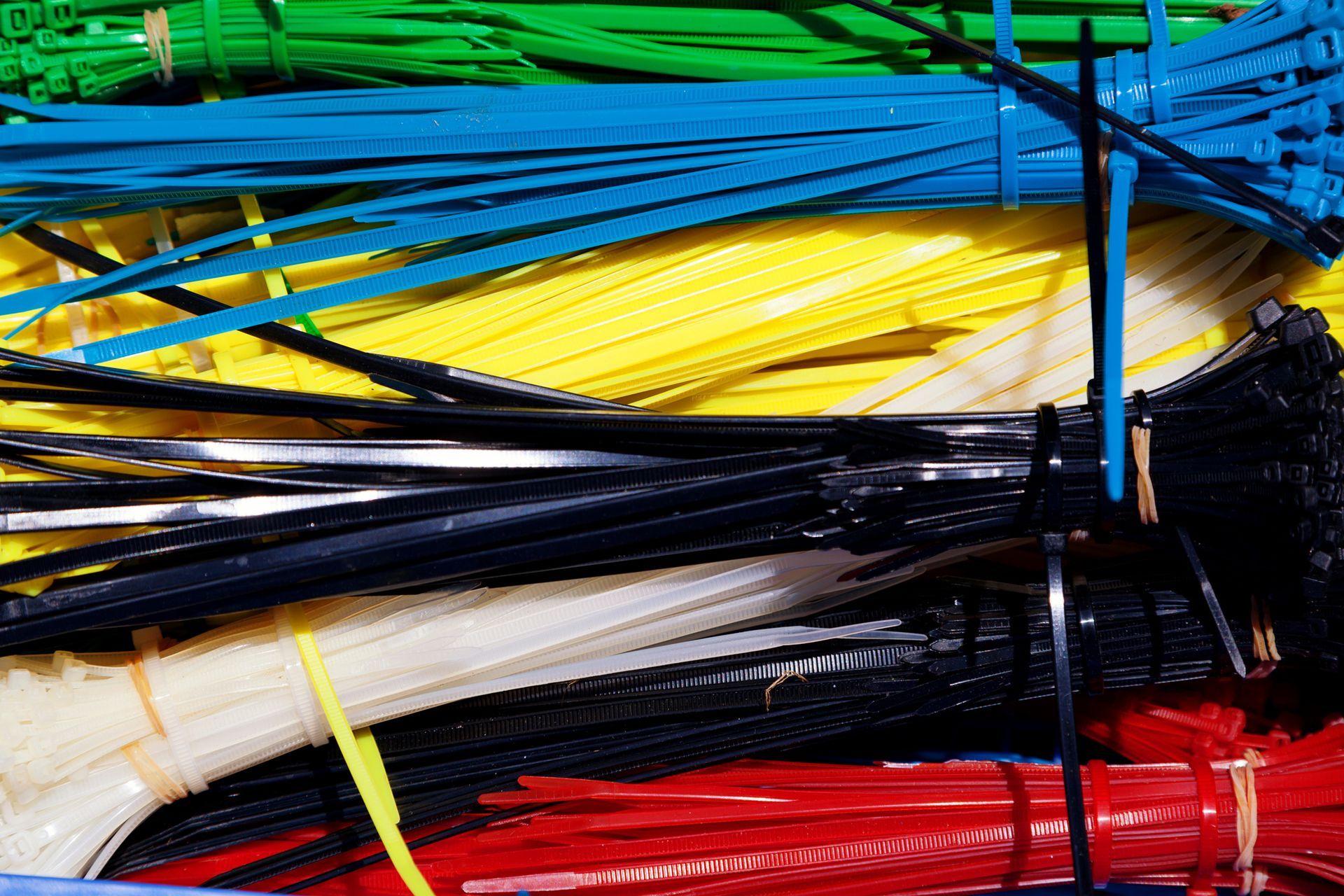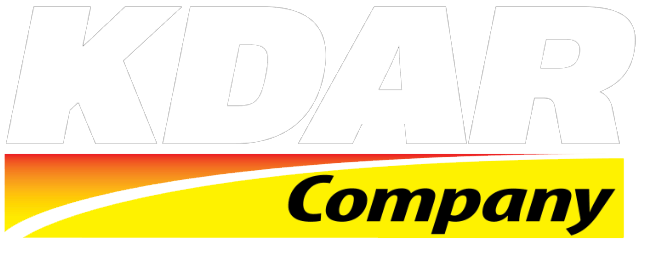Eco-Friendly, Sustainable Welding Practices
Welding is at the heart of countless industries, including construction, manufacturing, automotive, energy, and more. But like many industrial processes, welding has an environmental footprint.
From high energy usage to emissions and material waste, it's an area where sustainability practices can make a significant difference.
The good news is that with the right tools, techniques, and mindset, welders and companies alike can reduce their environmental impact while also saving time and money.
This piece explores eco-friendly welding practices that benefit the planet, improve efficiency, and lower costs in the long run.
The Case for Sustainable Welding
Traditional welding methods consume large amounts of electricity, generate fumes, and often involve consumables that create waste.
While each weld may seem small, the cumulative impact across industries is massive. For example, industrial welding operations can account for a significant share of a facility's overall energy costs.
Shifting toward sustainable practices not only helps the environment but also provides tangible business advantages.
Companies that prioritize these practices often see reduced operating costs, smoother compliance with environmental standards, improved workplace safety, and an enhanced brand reputation among customers who value sustainability.
Eco-Friendly Welding Practices
Optimize Energy Use
One of the most effective ways to make welding more sustainable is by focusing on energy efficiency.
Welding machines can draw significant amounts of electricity, and older transformer-based units often consume more power than necessary. On the other hand, inverter-based machines are designed to use energy more effectively, helping reduce both environmental impact and utility costs.
Small habits also make a difference. Regularly calibrating equipment prevents overuse of power, and shutting down idle machines during breaks avoids unnecessary energy drain. Over time, these practices add up to lower bills and a smaller carbon footprint.
Reduce Material Waste
Scrap metal and excess filler materials are standard in welding, but much of this waste can be avoided. Careful planning of joints minimizes mistakes and reduces the likelihood of rework.
Automation and robotic welding also help apply materials with precision, leaving less room for error. When waste does occur, recycling scrap instead of sending it to landfills ensures that materials are put back into circulation.
This approach benefits the environment and the bottom line, as recycled metals can often be sold back into the market.
Choose Greener Consumables
The consumables welders rely on, from filler rods and wires to shielding gases, play an important role in sustainability. Choosing low-emission fluxes helps reduce smoke and fumes, creating a cleaner working environment.
Opting for recyclable or reusable packaging reduces plastic waste, and adjusting gas mixtures to include higher argon content can optimize performance while lowering emissions.
These changes reduce environmental impact and often lead to better weld quality and efficiency as well.

Control Emissions and Air Quality
Welding fumes are not only harmful to workers but also contribute to overall pollution. Sustainable practices start with ventilation systems that capture fumes at their source before they spread throughout a facility.
Tools like extraction hoods and welding curtains are particularly effective in high-volume operations. Process choice also matters; TIG welding, for instance, produces fewer fumes than stick welding, making it a cleaner option where appropriate.
By improving air quality, companies create a healthier environment for workers while reducing their ecological footprint.
Extend Equipment Life
Sustainability doesn't always mean investing in new technology; sometimes it's about making the most of what you already have.
Regular maintenance, such as cleaning machines, lubricating moving parts, and replacing worn components, extends the lifespan of welding equipment. This reduces waste by keeping tools in use longer and delaying the need for replacements.
When new equipment becomes necessary, many manufacturers offer recycling programs for older machines, ensuring fewer materials end up in landfills.
Invest in Training
Even the best eco-friendly equipment won't make much of a difference without skilled operators. Training welders on sustainable practices ensures that machines are set up correctly, materials are used efficiently, and rework is kept to a minimum.
Education also keeps welders current on new green technologies and methods. By equipping teams with knowledge, companies create a culture of sustainability that improves quality, reduces costs, and lessens the environmental impact of every project.
Looking Ahead: The Future of Green Welding
The welding industry is already evolving toward more sustainable methods. New technologies such as laser welding and friction stir welding are emerging as cleaner, more efficient alternatives to traditional processes.
Equipment manufacturers are also progressing, developing consumables with lower emissions and machines designed with advanced energy-saving features. For businesses, adopting these technologies early provides a competitive edge.
Customers and partners increasingly look for companies that align with environmental responsibility, and welders who understand sustainable methods will likely see more opportunities as the industry moves in that direction.
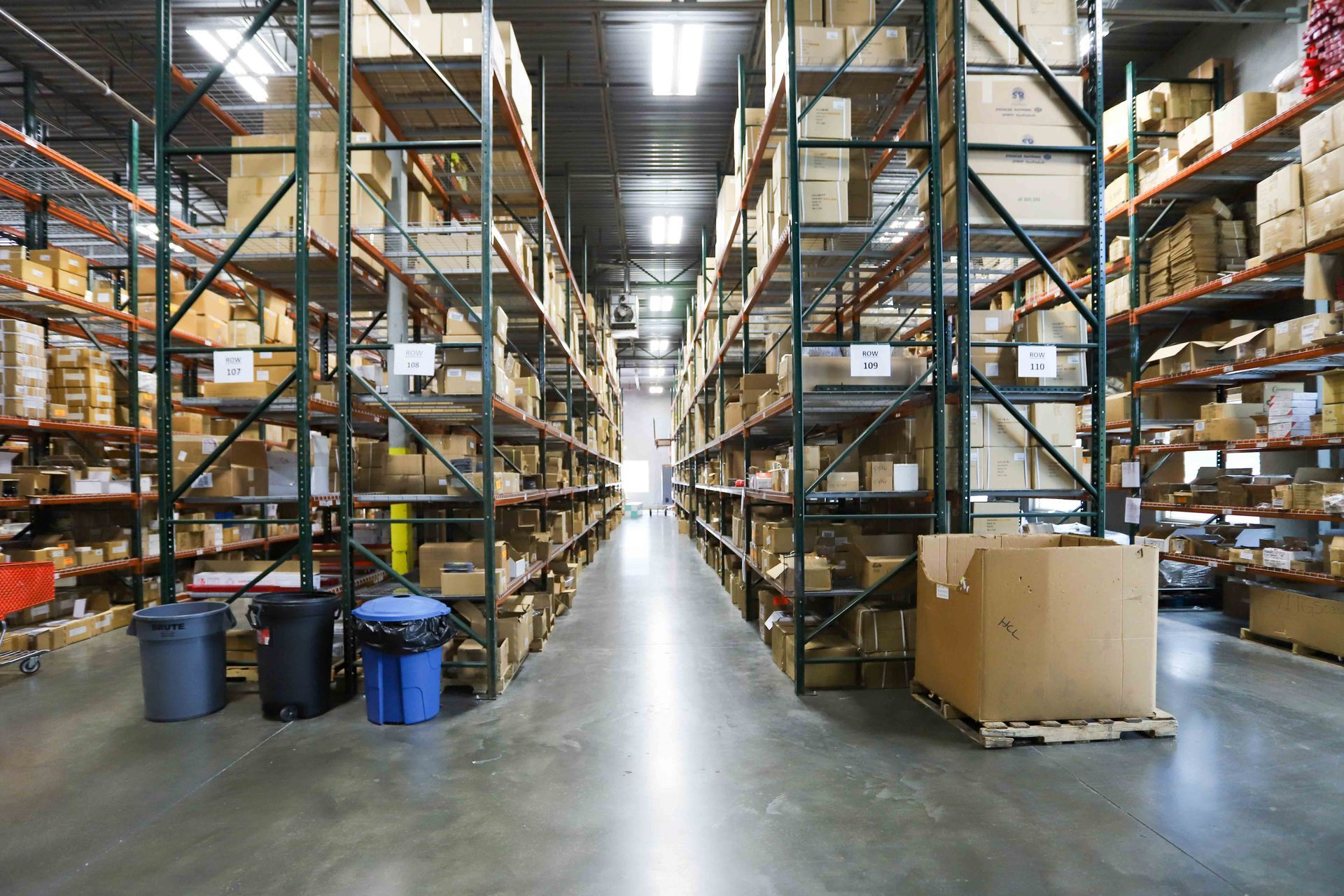
Reach Out to KDAR Company
Sustainable welding is more than just a set of practices; it's a mindset. Whenever you choose to optimize energy, recycle scrap, or maintain your equipment, you're not just saving costs but contributing to a cleaner, safer future for the industry and the planet.
Small choices add up, and those choices define the kind of welder, and the kind of business, you become.
Remember, no welder starts out perfect. Sustainability is a journey, built one smart habit at a time. Whether you're tightening up your workspace, experimenting with greener consumables, or learning how to reduce emissions, each step brings you closer to welding in an efficient and environmentally responsible way.
At KDAR Company, we're here to make that journey easier. Our mission is to provide welding professionals and businesses with the tools, consumables, and support they need to work smarter, safer, and more sustainably.
Explore our inventory today, and let's build a greener future together, one weld at a time.
